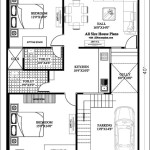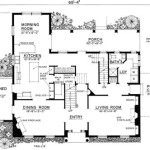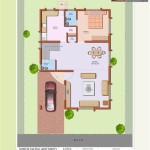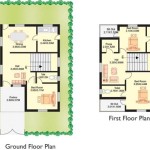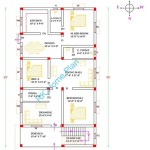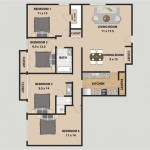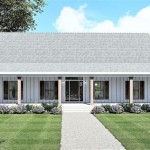Essential Considerations for Planning Your Dream Home
Embarking on the journey of building a new house is an exciting and pivotal moment in one's life. It is an opportunity to craft a living space that aligns perfectly with your vision, needs, and aspirations. To ensure that your dream home becomes a reality, it is essential to approach the planning process with meticulous attention to detail and thoughtful consideration of the following key aspects:
1. Defining Your Vision and Needs
Before any tangible planning can commence, it is crucial to establish a clear vision for your new home. Consider your current lifestyle, family dynamics, and long-term aspirations. Determine the number of bedrooms, bathrooms, and other living spaces required. Define your aesthetic preferences, whether it be modern, traditional, or a blend of styles. Clearly outlining your vision and needs will serve as a guiding compass throughout the planning process.
2. Selecting a Lot
The location and characteristics of your lot will have a significant impact on the design and functionality of your home. Consider factors such as proximity to amenities, schools, and transportation options. Assess the topography of the lot, as this may influence the orientation and elevation of your home. Ensure that the lot size accommodates your desired floor plan and outdoor space requirements.
3. Hiring an Architect or Designer
An experienced architect or designer can transform your vision into a tangible reality. They will collaborate with you to develop a comprehensive plan that meets your specific needs and preferences. They will also provide valuable insights into structural feasibility, energy efficiency, and interior design. Consider their portfolio, experience, and references before making a selection.
4. Budgeting and Financing
Establishing a realistic budget is crucial to avoid financial pitfalls during the construction process. Factor in the cost of the lot, materials, labor, permits, and potential hidden expenses. Explore various financing options and secure pre-approval for a mortgage to ensure the availability of funds.
5. Designing the Floor Plan
The floor plan is the blueprint for your home's layout and flow. It determines the placement and size of rooms, hallways, and other spaces. Consider the functional relationships between different areas, such as the proximity of the kitchen to the dining room and the master bedroom to the bathrooms. Optimize natural light and cross-ventilation to create a comfortable and energy-efficient environment.
6. Material Selection
The materials you choose for your home's exterior and interior will impact its durability, aesthetics, and overall character. Explore various options for siding, roofing, flooring, countertops, and cabinetry. Consider factors such as maintenance requirements, longevity, and sustainability. Striking a balance between durability, aesthetics, and budget will ensure that your home meets your practical and visual expectations.
7. Energy Efficiency and Sustainability
In today's environmentally conscious era, incorporating energy-efficient features into your home design is not only responsible but also cost-effective. Consider using energy-efficient appliances, installing solar panels, and opting for insulation that meets or exceeds industry standards. These measures will reduce your home's energy consumption and lower your utility bills.
8. Outdoor Living Space
The outdoor space surrounding your home can be an extension of your living area and a source of enjoyment. Plan for a deck, patio, or landscaped yard that complements the architectural style of your home and provides ample space for relaxation, dining, and entertainment. Consider features such as a fire pit, pergola, or water element to create a serene and inviting outdoor retreat.
9. Timeline and Construction Process
Once the plans are finalized, establish a realistic timeline for the construction process. Work closely with your contractor to coordinate permits, materials delivery, and inspections. Regular communication and monitoring will ensure that the project stays on track and meets your expectations.
10. Personal Touches
Finally, don't forget to incorporate personal touches throughout your home that reflect your unique style and personality. This could involve choosing distinctive light fixtures, artwork, or furniture pieces that express your taste and create a sense of home.
By carefully considering and addressing these essential aspects, you can lay the foundation for a new home that not only meets your practical needs but also enhances your quality of life and fulfills your aspirations. Embrace the planning process with enthusiasm and don't hesitate to seek professional guidance when necessary. The result will be a home that you'll cherish for years to come.

House Plans How To Design Your Home Plan

House Plans Home Floor Designs Houseplans Com

Custom 2 Story Houses New Two Home Plans Housing Development D House Layout Sims Layouts

House Plans Floor Blueprints

House Plans Floor Blueprints Home Designs

House Plans Find Your Perfect Plan

Stylish And Simple Inexpensive House Plans To Build Houseplans Blog Com

Modern House Plans Sater Design Collection

House Plans Floor Blueprints

New House Plans Home Floor The Designers

